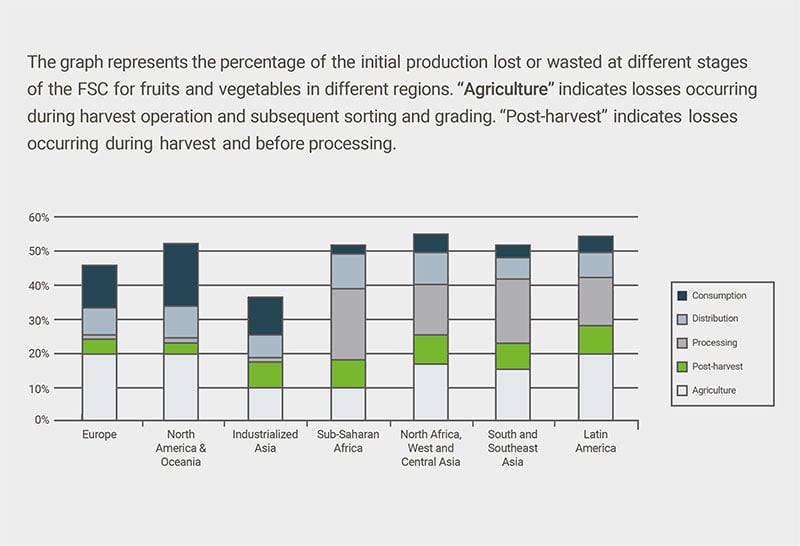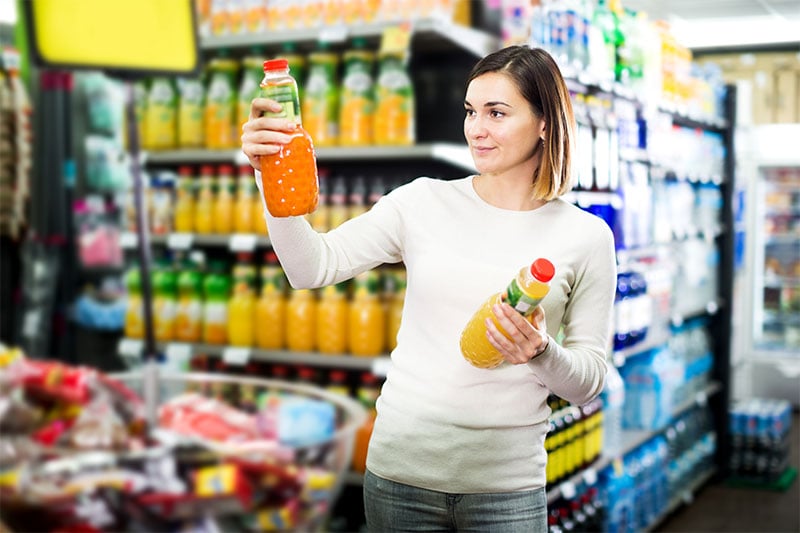Listen here:
The agriculture sector in India is a source of livelihood, either direct or indirect, for 60–70% of the country’s population. Half of the population is employed in the sector, cultivating a rich array of crops for food and fiber on an astounding total of 156.46 million hectares of arable land. It then hardly comes as a surprise when the country’s agri-food supply chain happens to be majorly supply-driven, catering to the diverse needs and preferences of consumers not just in India, but also overseas.
The number of intermediaries between a farmer and consumer in an agri-food supply chain is anywhere between 5 and 8, said Hemendra Mathur, Venture Partner — Bharat Innovation Fund and Moderator of the panel discussion on “Can AgriTech be the Most Potent Driver of Supply Chain Profitability” at the Agri-Innovation Summit 2019, hosted jointly by Cropin Technology and The Economic Times. However, the three main actors who define the structure of the supply chain are the farmer, the agri-food enterprises, and the consumer.
The past decade has witnessed supply chains become more driven by the front end, which resulted in many trends in the agri-food industry. More food processing companies started linking backward with contract farmers, demonstrating the industry’s dependence on them for input supplies. In addition, there was also a surge in modern trade and the e-commerce that we know today, which redefined how diverse products were made available to consumers.
Mr. Mathur also added that hundreds of agritech startups are now facilitating more direct market linkages between the farmer and the end-consumer, in addition to cross-linkages among the different actors in the agri-food supply chain. This results in an abundance of big data in the agroecosystem, which was unaccounted for earlier due to a lack of transparency.
How Is Agri-Tech Increasing Profitability For Different Actors In The Supply Chain?
The agri-food supply chain has a fair share of challenges that affect the supply and the movement of agri-food produce from one end to the other. These challenges are further defined by the needs of each of the different actors.
The Farmer:
The agricultural supply chain begins when the farmer supplies the basic raw materials to the food processing companies, or fresh produce such as fruits and vegetables directly to the market. With the obligation to meet growing demands and consumers’ dietary preferences, producers around the world are shifting from traditional farming practices to one that is more infused with technology and innovation. This shift is also enabling them to cope better with the negative effects of climate change.
While many farmers are quick to adopt agriculture technology, millions of smallholder farmers are still unable to get adequate access to financing or crop advisory that could help them achieve profitable price realization. Furthermore, adopting modern technologies can also facilitate farmers to anticipate risks, particularly with regard to the agri-commodity’s price in the market.
One of the biggest barriers to agriculture in India, particularly for smallholder farmers, is that they look at farming more from the point of a family profession than business, said Vijay Uttarwar, CEO of Naturell India. An approach to farming as a business drives farmers to redesign the operational model, establish a more structured network, and improve their profits effectively.
Advanced technologies will also play a prominent role in the farmer’s shift from traditional farming practices to those that are scientific and data-driven for increased efficiency, productivity, and sustainability. “Most of the technology used in agriculture today is information-based — things like what is the price of a particular commodity in a particular market. There were days when [farmers] had no choice but to take the produce to the nearest market. Today they can say “I can take it 200 kilometers away because I am getting paid 20% more”.
"Technology’s other influence is more on the crops I can grow in my soil — through soil testing and testing the types of crops and getting information on how to grow crops, at my fingertips,” he added.

Source: Food Loss And Waste In The Food Supply Chain, FAO
Agri-Food Enterprises:
Agri-food enterprises such as food processing companies are increasingly conscious of consumer demands for traceability, now more than ever. Hence, these enterprises are actively implementing digital systems that are data-driven for better predictability, and for increased visibility that facilitates auditing to risk mitigation and cost-cutting.
Besides, modern technologies help achieve end-to-end traceability that enable both enterprises and consumers to know where exactly the ingredients have been procured from, and if they are ethically and sustainably sourced. As a result, traceability adds to the brand value and strengthens the consumers’ trust and loyalty. Technological advances also enable interlinkages between different stages and players in the agri-food supply chain, which cuts down losses substantially for a more profitable and efficient supply chain.
Up to 30% of the food produced globally for human consumption is wasted or lost at different points along the food supply chain. Losses during processing are from 14% to 21% in developing regions and less than 2% in developed regions. However, in the case of fruits and vegetables, losses at the harvest stage and during sorting and grading are higher in industrialized regions, presumably due to some of them being rejected for not meeting the quality standards set by retailers.
The Consumer:
Consumers in the age of the Internet are acutely aware of the food they consume and their demands are constantly evolving towards more healthy, wholesome, and sustainable products.
The consumer’s prime concerns are, more often than not, around the safety and hygiene of the food product, its availability at a fair price without a compromise on its quality, and access to in-depth information about the product and how it is made. These trends propel businesses to optimize the supply chain with the help of technology to drive value for the consumer and to increase their own economic and brand value.
As mentioned above, the traceability of a product is highly valued by the end-user for its transparency and the wealth of information it provides. What’s more is that it also empowers businesses to take swift action such as recalls in case of any crisis, thus securing the consumers’ trust in the brand and their continued loyalty.

Furthermore, the digital footprint of consumer interests based on their activity on e-commerce websites or their engagement with online advertisements is generating volumes of data, which gives clear insights into consumer preferences and current trends. These insights on consumer behavior, when combined with data from producers and traders of agri-commodities, also empower enterprises to cater better to consumer demands, or in some cases, even start a new trend that creates a demand for a product or service.
Data is king after all.










